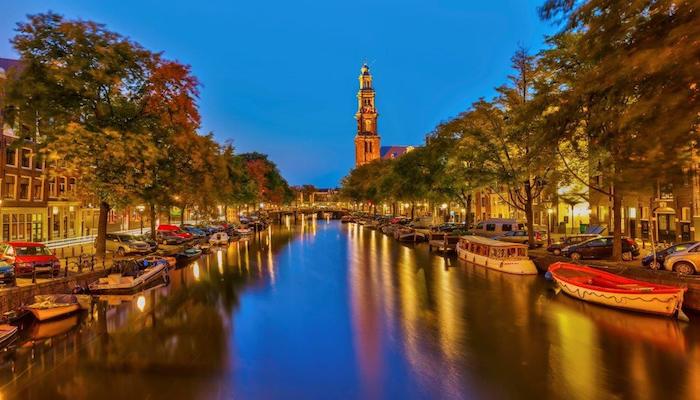
Did you know the Netherlands is the lowest lying country in all of Europe? Roughly one third of the country, and about sixty percent of the total population, resides below sea level! In order to keep the sea from flooding their largest cities and coastal towns, the Dutch have become leading experts in the construction of dredges, canals, sea walls, and drainage systems. They've been at it a long time. The ringed canals of Amsterdam that prevent flooding and give the city it's unique charm were initially constructed in the 17th century, nearly four hundred years ago!
Believe it or not, carrots weren't always orange. While orange carrots are the most common kind of carrot today, back in the 10th century carrots were most commonly white, purple, or pale yellow. Then, in the 17th century, the King of Engand -- William the third, also known as William of Orange -- helped the Netherlands win its independence from Spain. To celebrate King William III and their newfound independence, Dutch farmers used clever cross breeding to create the bright orange carrot we know today. The orange carrot quickly went the 17th century equivalent of viral (bubonic?), and orange became the official color of the Dutch royal family.
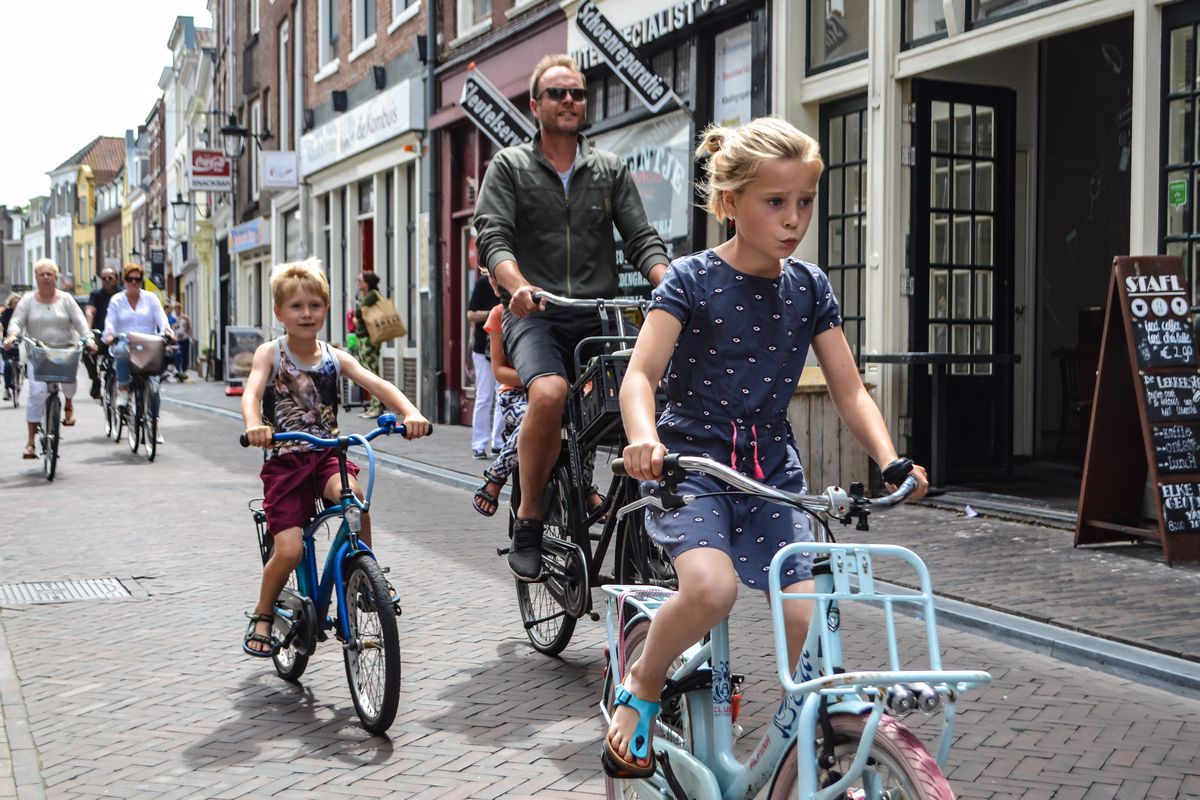
The Netherlands is home to some of the most pedestrian and cyclist friendly cities in the world! Back in the 1980's, the Dutch decided all the traffic, smog, and noise pollution created by cars had to go. A movement led by citizen activists and sympathetic Dutch politicians pushed cities to invest in pedestrian and bicycle friendly infrastructure. Cities like Hague, Rotterdam, and Amsterdam overhauled their streets to make them safe and efficient for cyclists. Cycling became incredibly popular, and today it's estimated that there are 22 million bicycles in the country. That averages out to about 1.3 bicycles per person, meaning the Netherlands is home to more bicycles than people! It also means that the Netherlands consistently ranks as one of the healthiest countries in the world.
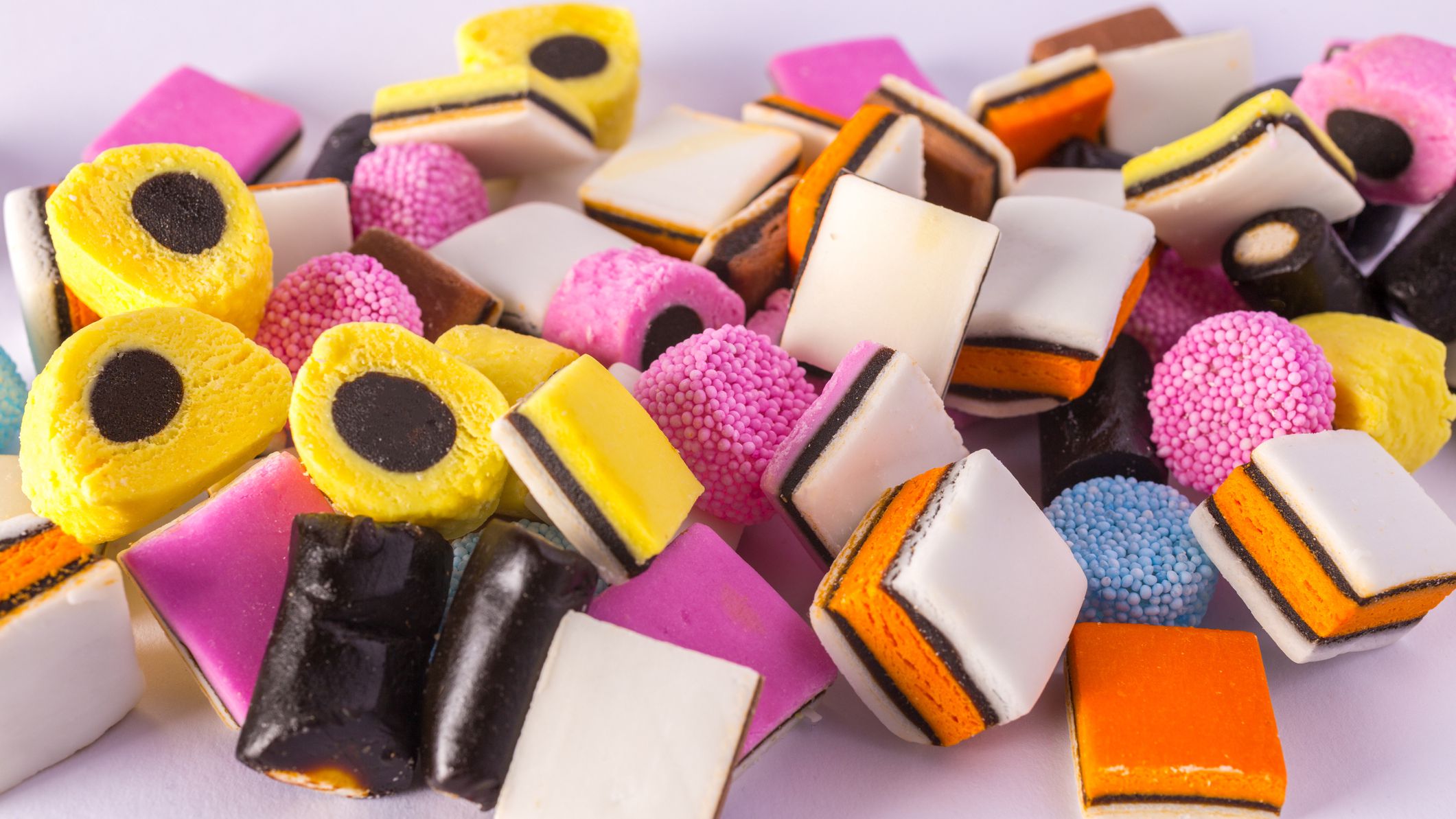
Each year, the Netherlands consumes the largest quantity of licorice in the entire world! Licorice is the most popular candy in the Netherlands, and it's not even close. It's estimated that the Dutch eat an average of four pounds of licorice per person per year. That's about seventy million pounds of licorice a year! You might think eating that much licorice each year would get old after a while. Fortunately, Dutch sweet shops offer more than 80 different flavors of licorice "drops" to choose from!
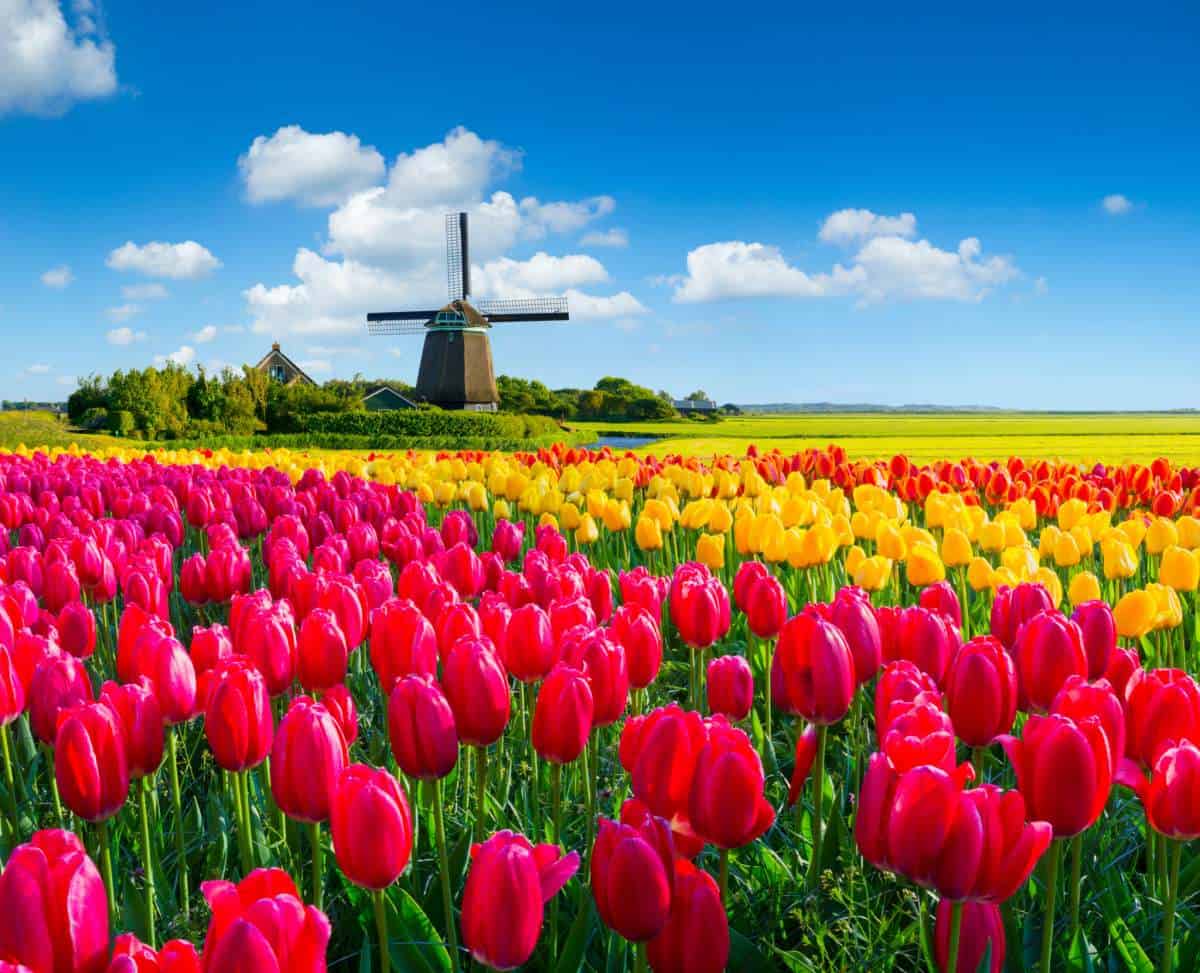
If you have tulips growing in your yard, there's a good chance those tulips came from the Netherlands. The Netherlands is the world's largest exporter of flowers, producing about 80% of the world's supply of flower bulbs. This has earned the Netherlands a reputation as, "The Flower Shop of the World." When it comes to tulips specifically, the Netherlands is home to a whopping 90% of the world's tulip farms, producing 4.3 billion tulip bulbs each year! If you visit the Netherlands in April, you can attend the country's incredibly popular Tulip Festival, or pay a visit to the largest flower garden in the world, Keukenhof Park, and marvel at over 800 different kinds of tulip!
If you liked these fun facts about the Netherlands and enjoy learning about exciting places and interesting cultures all over the world, then you should check out our Atlas crates filled with fun games and interesting educational activities designed to help you travel the globe from the comfort of your living room.
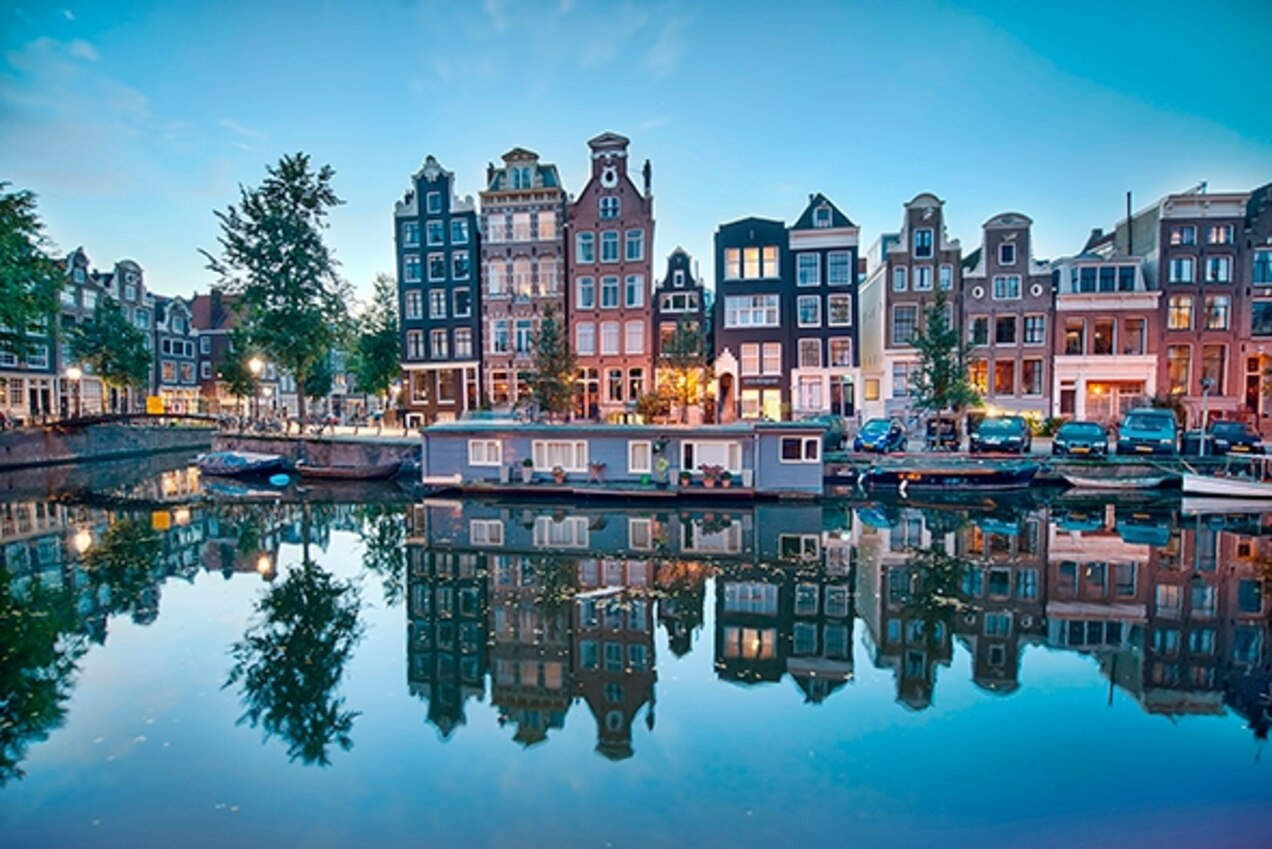
5 Fun Facts About the Netherlands
At first glance, the Netherlands looks like a country designed in a laboratory to compete with Disneyland for the title of "Happiest Place on Earth." After all, who wouldn't want to live in a country known for its endless fields of flowers, thousands of rustic windmills, and scenic canal cities? But there's more to this slice of Dutch paradise than a pretty picture on a postcard. Read on to discover five of our favorite fun facts about the Netherlands!